I’ve seen a lot of blue in my life. Fiji blue, Belize blue, that Maldives blue mixed with its sunset gold. You name it, I’ve probably been there. But the blue around Raja Ampat? It’s a different kind of blue.
I bet you often hear that it’s beautiful, pristine, or untouched. But these are mostly overused catch phrase, and they don’t really capture what this place really is. Raja Ampat isn’t just a paradise. It’s rich. In ways that most of the world has forgotten to value.
Let me show you why.
The Epicenter of Marine Biodiversity
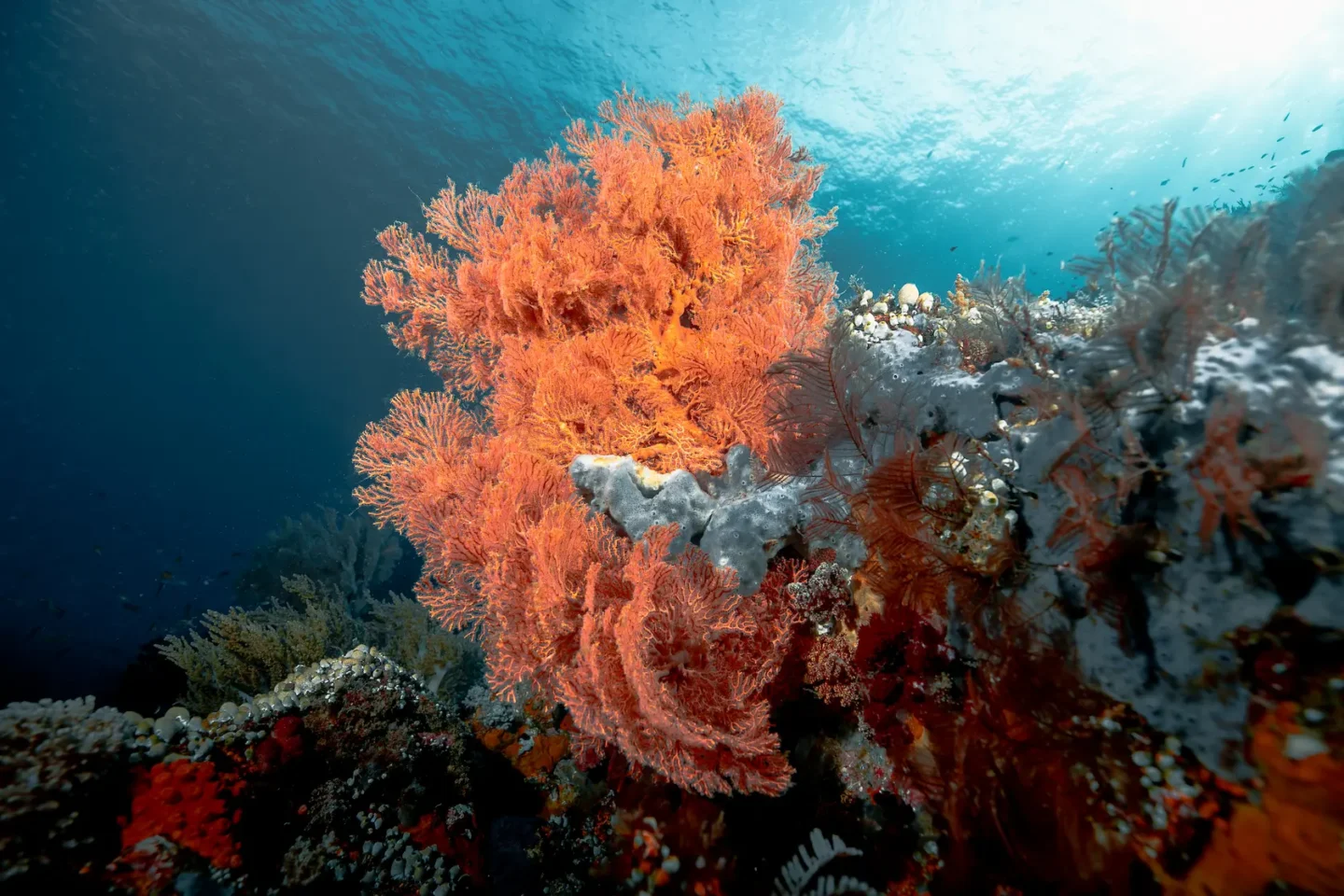
Raja Ampat is the richest marine ecosystem on Earth. That’s not poetic exaggeration, really. With over a thousand species of fish, more than five hundreds of species of corals, and hundreds of species of mollusks, this tiny cluster of islands in West Papua holds more marine life than the entire Caribbean.
I once did a single dive off Cape Kri where studies had previously recorded 374 species of fish in under an hour. That’s a number so high it feels made up. But it’s not. It’s just Raja Ampat.
Read Also: What is The Accomodation and Food in Raja Ampat Like?
Endemic Species Found Nowhere Else
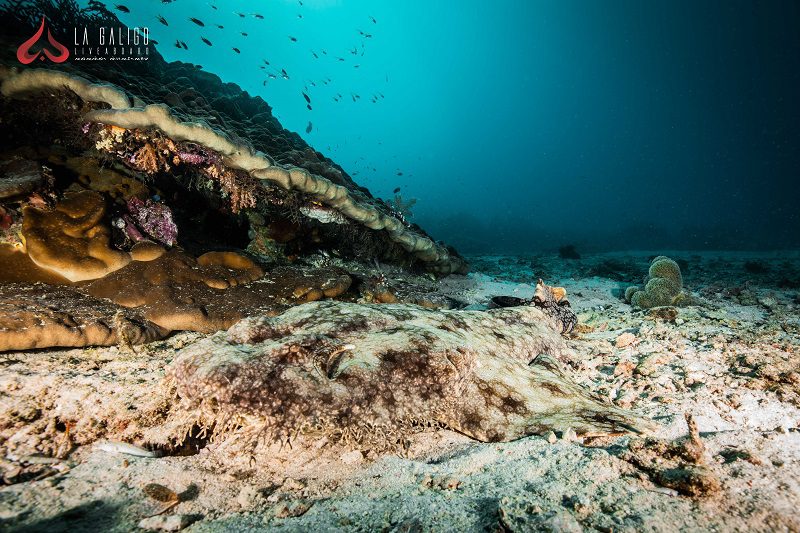
I’ve seen walking sharks scuttling across the reef on their fins. Tiny pygmy seahorses no bigger than a grain of rice, hiding in sea fans.
Raja Ampat has at least 27 endemic reef fish species. And new ones are still being discovered.
Every dive here is a reminder that our planet is far more creative than we give it credit for.
Watch: Wobbegong Shark Eating Black Tip Reef Shark in Raja Ampat
An Archipelago of Infinite Variety
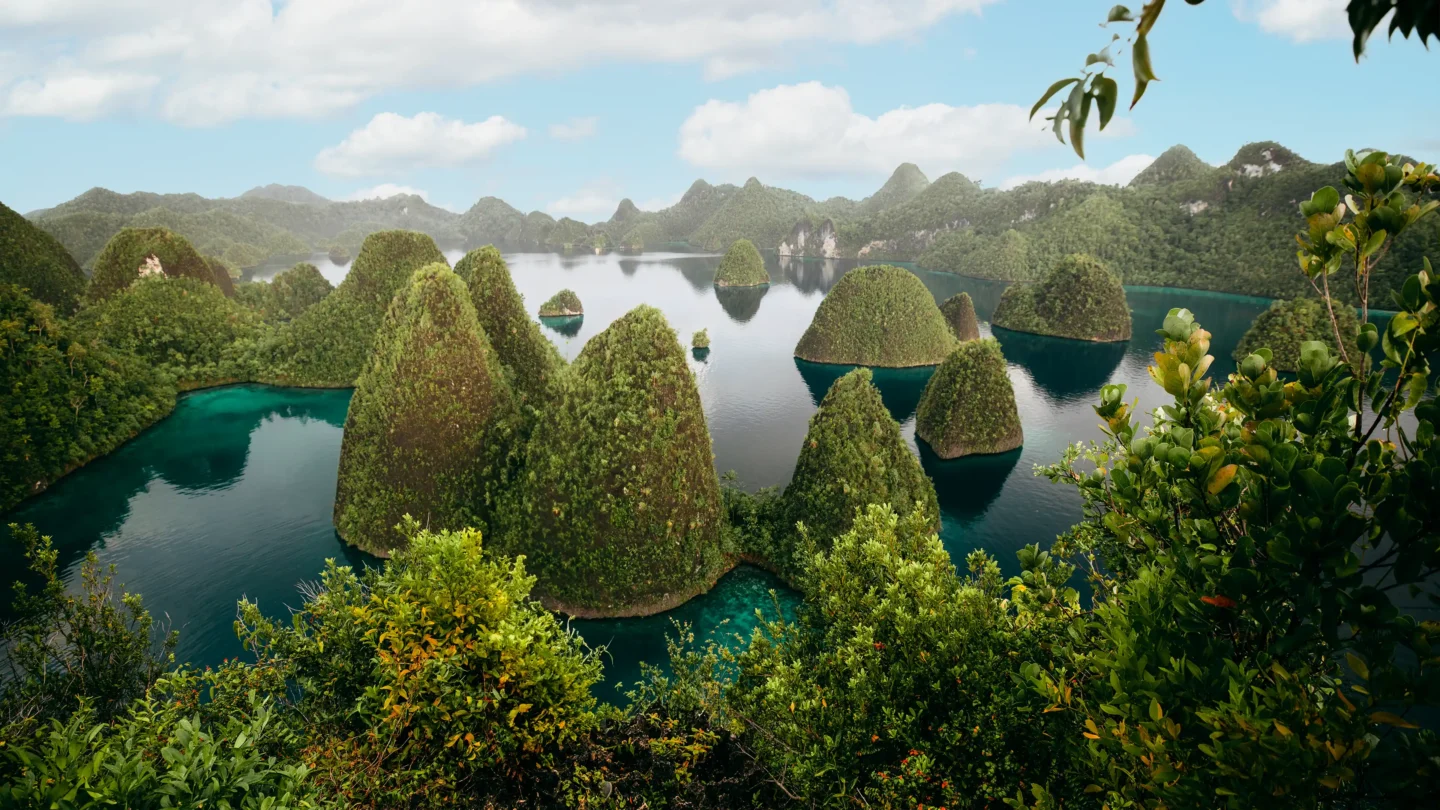
The archipelago isn’t just one place. It’s hundreds. Over 1,500 islands, each with its own fingerprint. Some are ringed in white-sand beaches, others are towering limestone cliffs. Some dive sites explode with current-driven action, others are calm, critter-filled nurseries.
I’ve done wall dives, muck dives, drift dives, wreck dives, all within a few nautical miles of each other.
Trust me on this one, every site here is a different world.
One moment you’re surrounded by mantas, the next you’re floating above coral gardens that stretch to the horizon.
Crazy. Indeed.
Read Also: Raja Ampat Hidden Treasures Dirt Diving
Home to the Guardians of the Sea
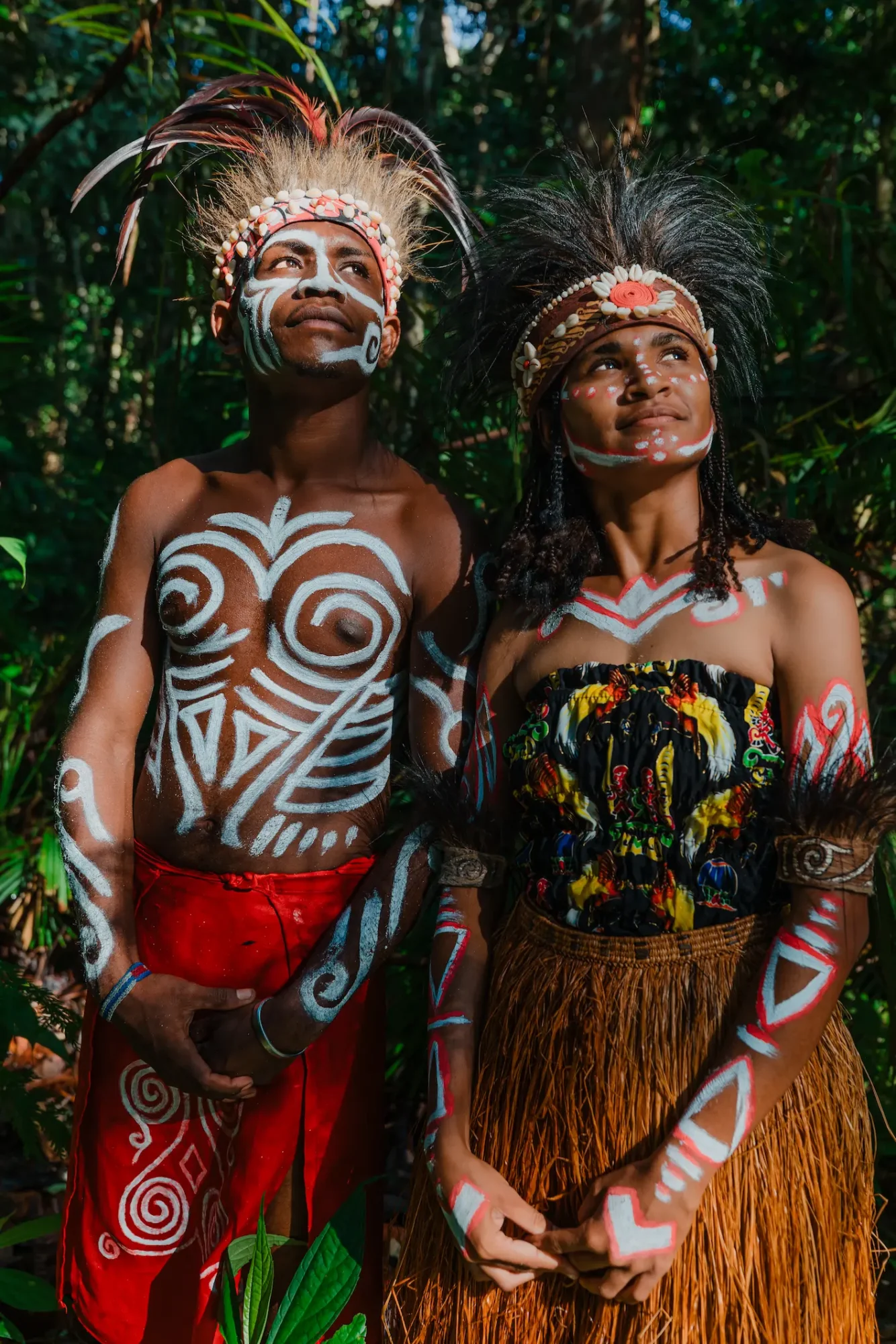
What makes Raja Ampat even more powerful is that it’s not protected by fences or signs.
It’s protected by people.
The indigenous Papuan communities who call this place home have practiced conservation for generations through a system called sasi.
It’s a traditional way of closing off areas from fishing to let nature replenish itself. They don’t need marine biology degrees. They just understand the rhythm of the ocean because they’ve lived by it forever.
When I dive here, I feel like a guest in their living room. It’s not just about fish. It’s about respect, really.
A Place That Changes the Way You Breathe
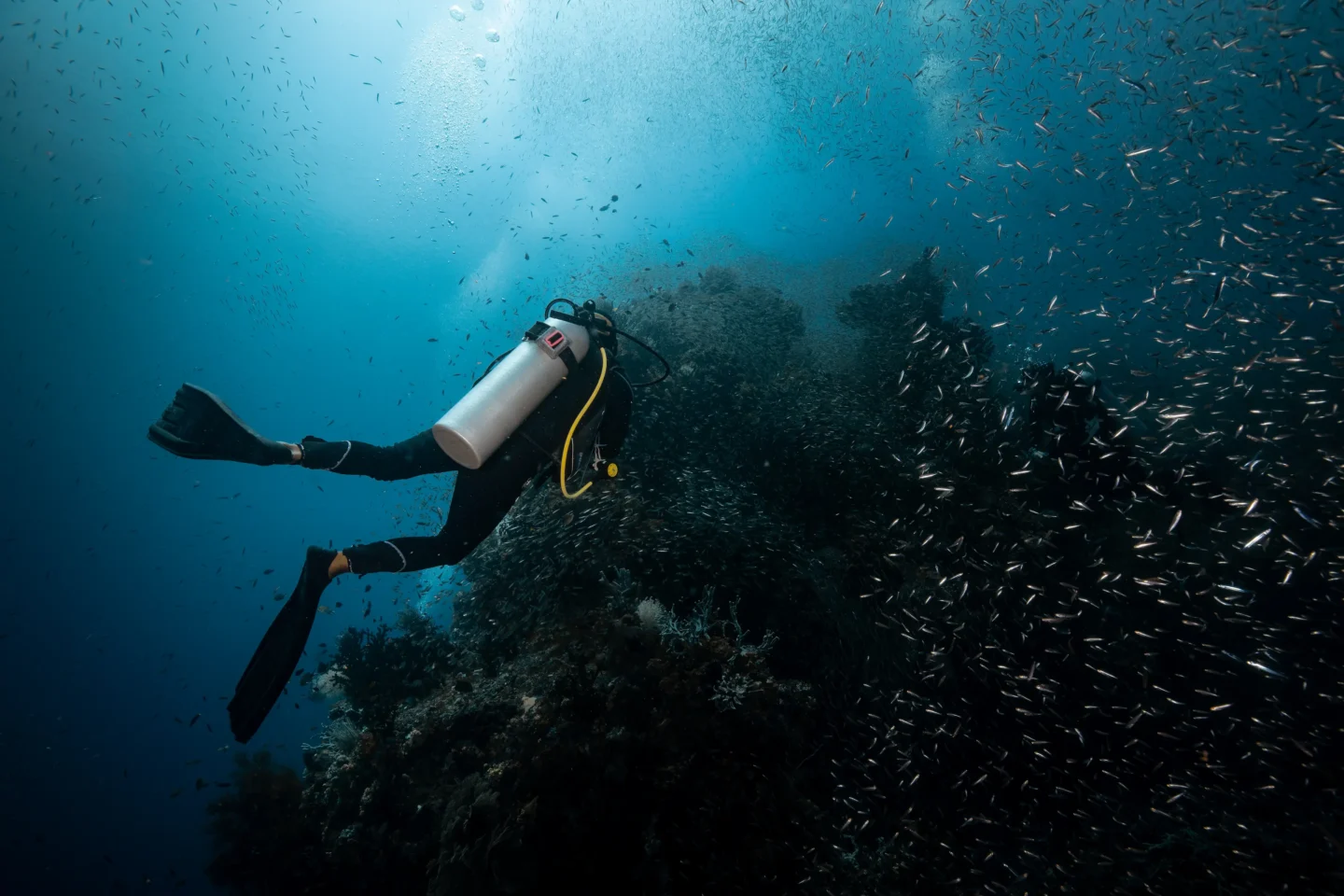
There are places that impress you. Then there are places that shift you.
Raja Ampat did that for me.
It made me slow down. Watch more closely. Feel smaller, but also more connected.
When you drift above a coral slope bursting in color, when a manta ray sweeps past like a shadow from another realm, you realize this planet still holds magic.
This richness? It’s not measured in dollars or resources. It’s measured in life, the kind we should be fighting to protect.
And Raja Ampat isn’t just rich. It’s priceless.
Abundant, Yet Alarmingly Delicate
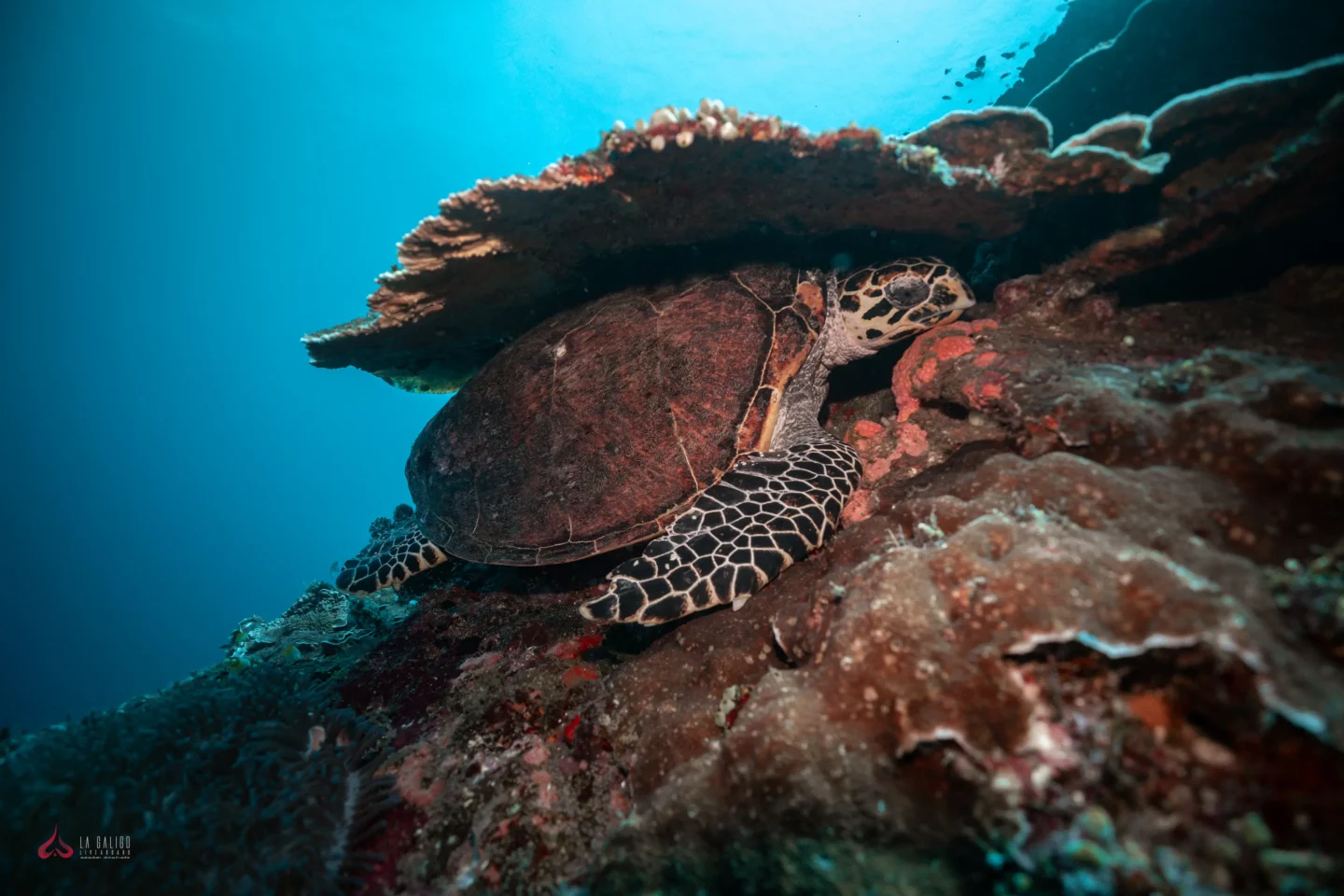
Beautiful, abundant, rich, and all. But do you want to hear the truth? They are not invincible. Far from it, even.
Beneath all that brilliance is a system that is unfortunately, fragile.
Just a few degrees in ocean warming can bleach entire coral colonies. One careless anchor drops, one spill of fuel, or an illegal fishing net in the wrong place can destroy decades of growth in seconds.
Reefs don’t regenerate overnight. Turtles don’t find new nesting sites easily. When these ecosystems go quiet, it can take generations to bring them back, if at all.
Read Also: Three Species to Spot in Raja Ampat
But it’s not just the reefs, the fish, and the corals that are vulnerable.
The people of Raja Ampat, indigenous communities who have lived in harmony with these waters for generations, are deeply tied to this environment. Their food, livelihood, and identity come from the sea.
When the reef suffers, so do they.
A Mission to Preserve

The richness of Raja Ampat is not an invitation to exploit; it’s a call to protect.
Organizations like Greenfins, local NGOs, and indigenous communities are actively preserving the ecosystem to keep it intact. Their efforts range from opposing illegal fishing and unsustainable development to advocating for marine protected areas.
But they can’t do it alone.
As divers, travelers, and humans who benefit from a living planet, we have a role to play.
I began this journey thinking I’d find another beautiful blue. But Raja Ampat wasn’t just another shade, it was the heart of the ocean itself.
Long after the salt has dried and your fins are packed away, it stays with you. Sticks with you. And you start to realize: some places don’t just need to be seen. They need to be saved.

